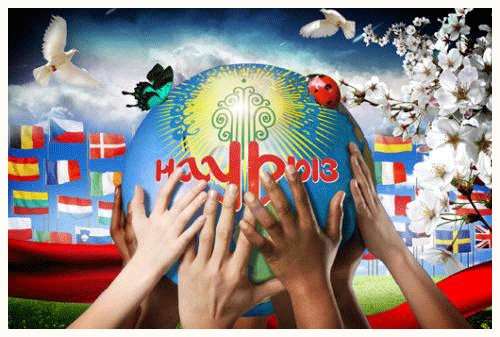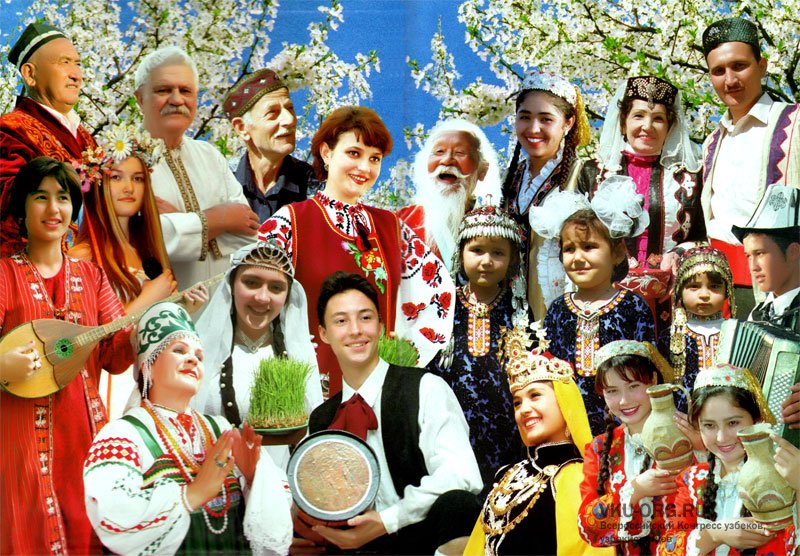Welcome site Nowruz

Haft Sin (Persian: ??? ???) or the seven 'S's is a major traditional table setting of Nowruz, the traditional Iranian spring celebration.Today The haft sin table includes seven specific items starting with the letter 'S' or Sin (?) in the Persian alphabet. The items symbolically correspond to seven creations and holy immortals called Amesha Sepanta protecting them. The seven elements of Life, namely Fire, Earth, Water, Air, Plants, Animals, and Human, are represented. They also have Astrological correlations to five planets Mercury, Venus, Mars, Jupiter, Saturn, and Sun and Moon. With the advent of Islam the word Amesha Sepanta shortened to and eventually was remembered by just the letter S and the number 7. The Haft Sin has evolved over time, but has kept its symbolism. Traditionally, families attempt to set as beautiful a Haft Sin table as they can, as it is not only of traditional and spiritual value, but also noticed by visitors during Nowruzi visitations and is a reflection of their good taste. Haft-Sin The original 7 items of haft-sin symbolized seven of the Zoroastrian yazatas such as atar and asman. The term was originally called haft-chin, to place seven. These items are Mirror symbolizing Sky, Apple symbolizing Earth, Candles symbolizing Fire, Golab rose water symbolizing Water, Sabzeh wheat, or barley sprouts symbolizing Plants, Goldfish symbolizing Animals, Painted Eggs symbolizing Humans and Fertility.
The Haft Sin items are:
sabzeh - wheat, barley or lentil sprouts growing in a dish - symbolizing rebirth
samanu - a sweet pudding made from wheat germ - symbolizing affluence
senjed - the dried fruit of the oleaster tree - symbolizing love
sīr - garlic - symbolizing medicine
sīb - apples - symbolizing beauty and health
somaq - sumac berries - symbolizing (the color of) sunrise
serkeh - vinegar - symbolizing age and patience. Other items on the table may include:
Sonbol - Hyacinth (plant)
Sekkeh - Coins - representative of wealth
traditional Iranian pastries such as baghlava, toot, naan-nokhodchi
Aajeel - dried nuts, berries and raisins
lit candles (enlightenment and happiness)
a mirror (symbolizing cleanness and honesty)
decorated eggs, sometimes one for each member of the family (fertility)
a bowl of water with goldfish (life within life, and the sign of Pisces which the sun is leaving). As an essential object of the Nowruz table, this goldfish is also "very ancient and meaningful" and with Zoroastrian connection.[68]
rosewater, believed to have magical cleansing powers
the national colours, for a patriotic touch
a holy book (e.g., the Avesta, Qur'an, Bible, Torah, or Kitáb-i-Aqdas) and/or a poetry book (almost always either the Shahnameh or the Divan of Hafiz)




